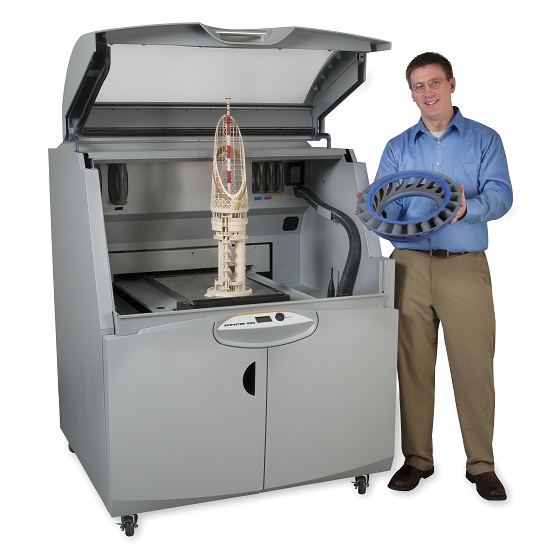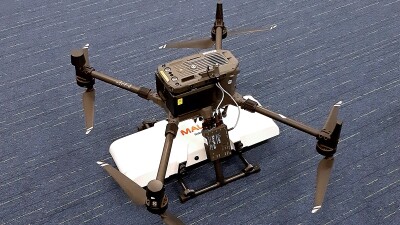Report: 3D print market to reach $6.5 bil’ by 2019; early adopters can gain ‘innovation advantage’ over rivals
3D printing is disrupting the design, prototyping and manufacturing processes in a wide range of industries. But the rapid stream of headlines heralding the 3D printing market as a game changer for global manufacturing masks immediate opportunities for companies of all sizes and types, according to a report by Gartner, Inc.
The Stamford, Conn.-based IT market research firm said companies should not let the hype disguise the very real cost savings from improved designs, streamlined prototyping and short-run manufacturing.
Colorado-based Wohlers Associates said the 3D printing market is expected to reach $3.7 billion by 2015 and $6.5 billion by 2019.
Businesses can use 3D printing to design personalized products, components, working prototypes and architectural models to promote their brand and products in new and interactive ways.
Opportunities to create entirely new product lines in which the finished 3D-printed product is what the consumer purchases also exist, Gartner said.
Enterprises should start experimenting with 3D printing technology to improve traditional product design and prototyping, with the potential to create new product lines and markets, the company said.
Uses for 3D printers have expanded as capabilities of 3D scanners and design tools have advanced, and as the commercial and open-source development of additional design software tools has made 3D printing more practical.
Gartner said the commercial market for 3D print applications will continue expanding into the architectural, engineering, geospatial and medical industries, as well as short-run manufacturing.
3D printing is already established in industries ranging from automotive manufacturing to consumer goods to the military, as well as the medical and pharmaceutical industries.
The material science behind 3D printing processes and materials will continue to progress, and affordable 3D printers are lowering the cost of entry into manufacturing in the same way that e-commerce lowered the barriers to the sale of goods and services.
3D printers are now priced so that any size business can invest in them and start experimenting with the myriad ways to monetize them. By 2016, enterprise-class 3D printers will be available for under $2,000.
Early adopters can experiment with 3D printers with minimal risk of capital or time, possibly gaining an advantage in product design and time to market over their competition, as well as understanding the realistic material costs and time to build parts.
“From descriptions of exciting current uses in medical, manufacturing and other industries to futuristic ideas – such as using 3D printers on asteroids and the moon to create parts for spacecraft and lunar bases – the hype leads many people to think the technology is some years away when it is available now and is affordable to most enterprises,” said Pete Basiliere, Gartner research director.
“We see 3D printing as a tool for empowerment, already enabling life-changing parts and products to be built in struggling countries, helping rebuild crisis-hit areas and leading to the democratization of manufacturing,” he said.
3D printing will also become available to consumers via kiosks or print-shop-style services, creating new opportunities for retailers and other businesses, Gartner said.
As a result, the company said the 3D printer market will continue moving from niche adoption to broad acceptance, driven by lower printer prices, the potential for cost and time savings, greater capabilities, and improved performance that drives benefits and markets.
Major multinational retailers have the means to market the technology to consumers and generate revenue by selling printers and supplies, as well as from sales of individual 3D-printed pieces. One vision is for the retailers to not only sell the printers, but also offer a service bureau that prints custom items or personalized variations on stock items, a key consumer trend, said Gartner.
Another possibility is for roving display vans to visit the retailer’s stores. Customers would visit these self-contained vans parked in front of the store that contain two or three operating printers and watch parts being made (including possibly their own personalized 3D item). Alternatively, the consumer could order the custom or personalized part to be made while they are shopping, or to be available for pickup the next day.






